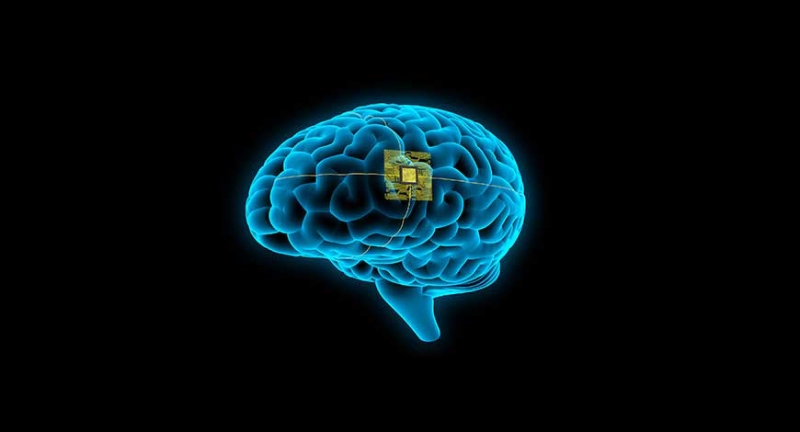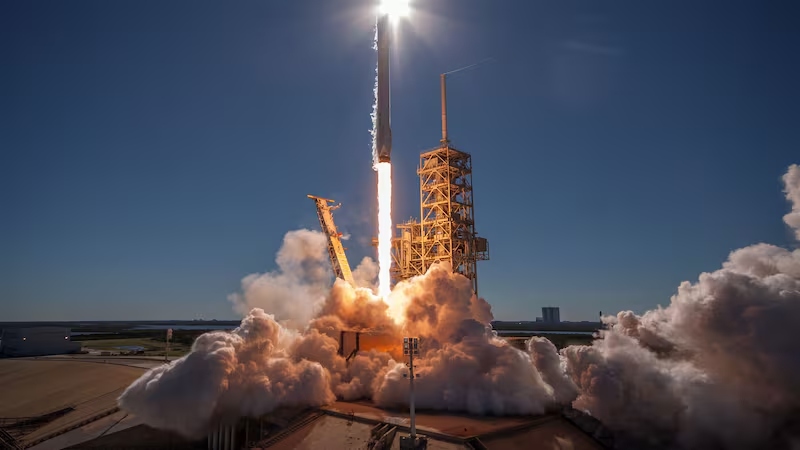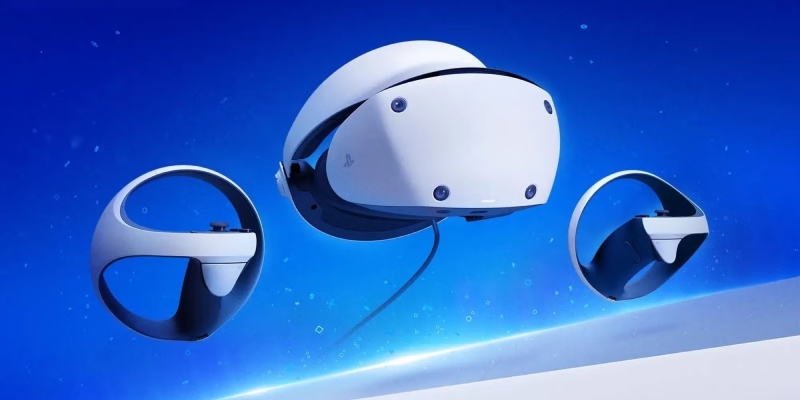Elon Musk’s brain-computer interface startup, Neuralink, is gearing up to implant its device into a second human patient within the next week, according to a recent briefing held on X by top company executives. As of now, the only person to have received the brain chip implant is Arizona-based Noland Arbaugh. Following an accident in 2016 that left him paralyzed from the shoulders down, Arbaugh became the first recipient of the Neuralink implant. Musk has expressed his hope that by the end of this year, the number of implant recipients will reach the high single digits.
The company revealed in May that the tiny wires inside Arbaugh’s implant had initially moved out of position. However, during the recent briefing, Musk reassured that the implant had since become “more or less very stable.” Musk elaborated, “We’re only just moving now to our second Neuralink patient… However, if everything proceeds as planned, we aim to reach high single digits by the end of this year.”
Neuralink executive Dongjin “D.J.” Seo, speaking about the brain implant, was quoted by Reuters as saying, “Once you do the brain surgery it takes some time for the tissues to come in and anchor the threads in place, and once that happens, everything has been stable.” This statement underscores the time required post-surgery for the body’s natural processes to stabilize the implant.
To mitigate risks associated with the implant procedure, Neuralink is implementing several safety measures. These include techniques like skull sculpting and ensuring that carbon dioxide levels in the blood are maintained at normal levels during the surgery.
During the Wednesday briefing, Musk outlined the long-term vision for Neuralink, which is to address the “longer civilizational risk of AI.” He believes that Neuralink can play a crucial role in creating “a closer symbiosis between human intelligence and digital intelligence.”
The Neuralink brain implant is designed to provide paralyzed patients with the ability to operate digital devices using just their brain. The device functions by utilizing tiny wires to capture signals from the human brain and translate them into actions, such as moving a cursor on a computer screen. This innovative technology offers the potential to significantly improve the quality of life for individuals with severe mobility impairments, according to a report by Reuters.
Topics #Brain Chip #Elon Musk #NeuraLink #news #Patient #SpaceX #technology #Tesla











